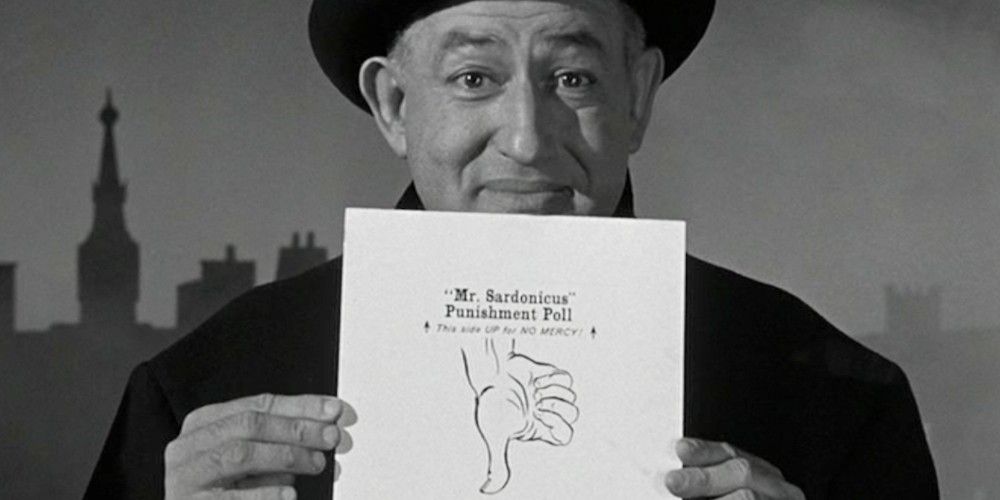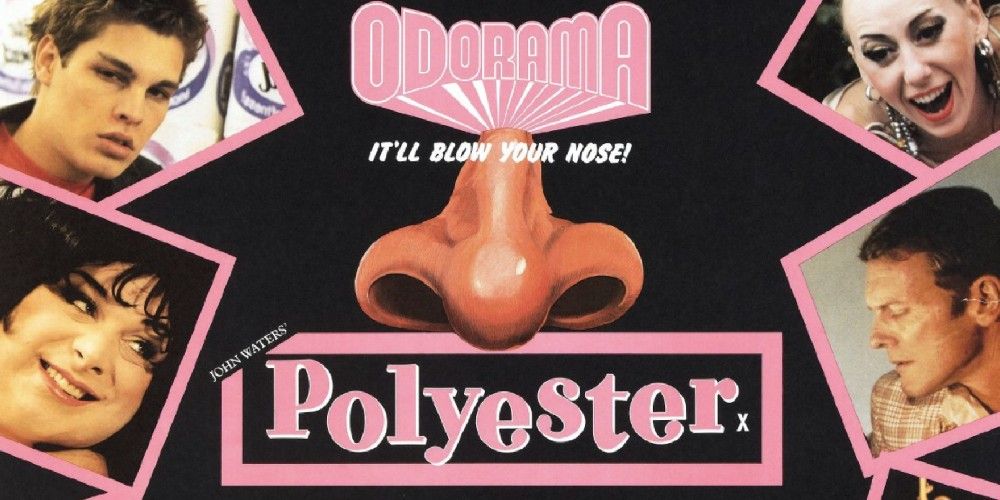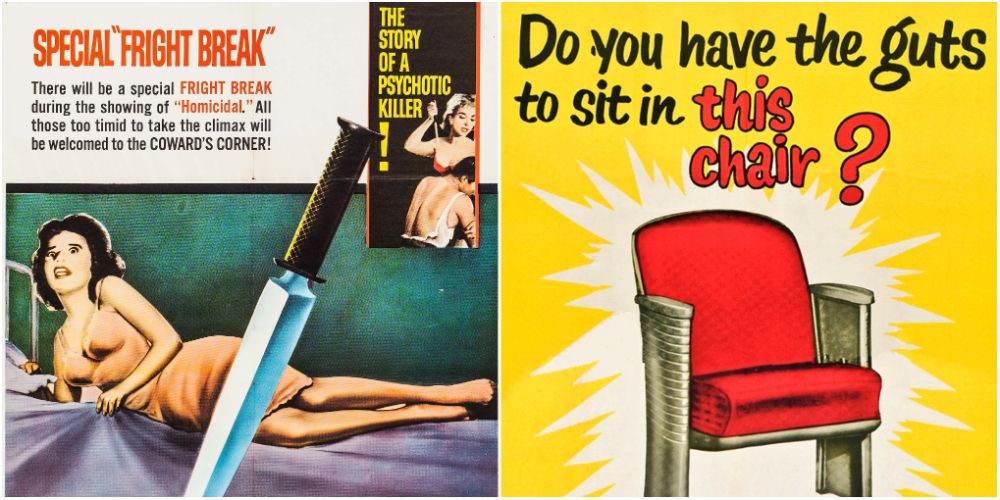The movie industry is more reactive than some people would admit. Whenever a novelty suddenly becomes a trend, studios race to make the most money out of it. Sometimes, a fad becomes a mainstay the way digital visual effects did in the early 2000s. In other cases, these trends are so unexpected that they seem ridiculous to most people.
A movie trend being deemed ridiculous doesn't mean it's worthy of mockery or scorn. These trends and gimmicks were either so commonplace or bizarre that they were difficult to take seriously or believe. A few of these trends survived thanks to filmmakers who knew exactly how to use them, while most of them quickly lost their charm.
10 3D Movies Dominated The 2010s For The Wrong Reasons
3D movies have been around since the '50s, but the modern 3D wave was inspired by Avatar. In 2009, Avatar revived the 3D gimmick, but for the IMAX format. This inspired many blockbusters to copy Avatar's IMAX 3D presentation. What made the 3D trend ridiculous wasn't the gimmick itself, but how widespread yet outdated it was.
Avatar heightened 3D by immersing audiences in fantastical worlds. Meanwhile, clones like Clash of the Titans (2010) and Saw 3D shoved things in viewers' faces the way old 3D movies did. This was the best-case scenario. Most 3D movies of the time only became 3D in post-production, leading to dark visuals that were worsened by 3D glasses.
9 4D Theaters Turned Movies Into Roller Coaster Rides
4D movies were literally made for amusement parks, but they've since become more widespread. The first 4D experience was Six Flags' The Sensorium in 1984, but the Michael Jackson vehicle Captain EO codified the modern 4D movie. Captain EO popularized 4D theaters with its mix of 3D, environmental, and sensory effects.
4D experiences were often light in substance because of how distracting the extravagant effects were. Despite this, 4D technology was used for feature-length movies. Avatar and Fast and Furious were some of the first 4D blockbusters. For better and worse, they popularized 4D to the point where it's now a common option in cinemas.
8 Shaky Cam Made It Impossible To Understand What Was Happening
Taken was the most important action movie of the late 2000s and it codified the visual language of action movies of its time. Saving Private Ryan arguably started the use of shaky camera (or shaky cam) and rapid-fire editing in the 2000s but Taken popularized the trend. Problem is, Taken's visual language was incomprehensible.
Taken and other poorly-aged action movies used shaky cam to obscure their stunts' imperfections and to force tension. This was understandable and even necessary, but the style made action scenes almost impossible to understand. Shaky cam endures today, but it's thankfully not as overused as it once was.
7 Gritty Realism In Genre Movies Was Conflated With Quality
The Dark Knight is one of the most influential superhero movies. One of the sequel's most lasting effects was its realistic depiction of Batman and Gotham City. While The Dark Knight used this grounded aesthetic to properly deconstruct Batman, its imitators mistakenly thought that this was how genre movies could be "legitimized."
The Dark Knight's clones ditched their colorful and imaginative trappings for brutalist realism. These movies erroneously thought that realism alone was what made The Dark Knight great. The new James Bond entries, Fant4stic, and most of the DC Extended Universe's early entries were the guiltiest offenders of this self-serious fad.
6 Dull Colors Became The Dominant Visual Language
One of the most prevalent and ridiculous trends of the late 2000s was the washed-out color palette. A muted color scheme isn't inherently bad, but this look became universal in movies and even TV. Worse, it was somehow conflated with "realism." This led to movies using dull colors to achieve faux legitimacy.
It's hard to pinpoint exactly when and why this started. Some speculated that filmmakers were trying to copy Christopher Nolan's purposefully bleak color scheme, while Emily St. James from Vox pointed at The Lord of the Rings trilogy. Most think that this was an effect of digital filmmaking. With few exceptions, this trend is here to stay.
5 Deleted Scenes Are Being Added Into Overhyped Re-Releases
A common method of restoring deleted or remastered scenes is to add them into a re-release. These weren't always worth the price of admission. For example, Avengers: Endgame added a scene of The Hulk with incomplete visual effects. Star Wars' infamous Special Editions are still some of the most contentious re-released movies in history.
Spider-Man: No Way Home followed suit with The More Fun Stuff Version. 13-minutes worth of fun but ultimately disposable scenes were restored. Deadpool 2's PG-13 edit Once Upon a Deadpool was arguably the best re-release, but it still felt perfunctory. Only time will tell if this relatively new trend will persist or not.
4 Sensurround Was Too Impractical And Loud To Last
Disaster movies (especially those about natural disasters) were incredibly popular in the '70s, and Earthquake heightened the experience with Sensurround. This system enhanced the movie's audio and made audiences feel the tremors that the characters did. Sensurround had the right idea, but it was phased out for practical reasons.
Theater chains complained about how Sensurround was so loud that it damaged their establishments' interiors. They also pointed out that Sensurround's cumbersome setup wasn't worth its price tag. Sensurround died before the '70s even ended, but it lived on through improved surround sound systems like Dolby Atmos and THX.
3 Choose-Your-Own Endings Existed Before 'Clue'
Clue is best known for its three endings and how audiences had to go to different theaters to see them all in 1985. As funny as the mystery-driven Clue was, it flopped due in part to its tedious gimmick and lack of a concrete resolution. However, Clue wasn't the first or the only movie to follow the multiple-choice trend.
Mr. Sardonicus arguably pioneered the trend in 1961 when it let audiences vote for the ending through its "Punishment Poll." Clue failed to revive the trend, but it came back strong in the digital age. Black Mirror: Bandersnatch, A Heist with Markiplier, Possibilia, and others let viewers control the story with multiple choices and retries.
2 Smell-O-Vision Inspired Many Smelly Imitators And Parodies
Smell-O-Vision isn't just one of the most well-known movie trends, but one of the most spoofed as well. The idea was ridiculous but memorable: audiences smelled what the movie's characters smelled either through scented scratch cards or odors pumped into theaters. Smell-O-Vision was popularized by its only movie, Scent of Mystery.
Smell-O-Vision wasn't officially used again after Scent of Mystery bombed, but many movies homaged it. Polyester revived it with "Odorama," while Spy Kids: All the Time in the World introduced "Aroma-Scope." Even though the brand is technically defunct, "Smell-O-Vision" remains synonymous with movies with scented trends.
1 William Castle Pioneered The Ridiculous Movie Gimmick
William Castle didn't just enjoy adding ridiculous gimmicks to his movies; he practically invented the trend. Castle spiced up the movies he produced by adding pranks and dares to the experience. Some of Castle's iconic gimmicks include Homicidal's Coward's Corner, House on Haunted Hill's flying skeleton, and The Tingler's electrified chairs.
Castle's gimmicks may not really hold up today, but his example was immortalized. Ridiculous but fun trends like gross-out movies giving audiences official vomit bags, movies with multiple endings, and even the strict "No late admissions" policy from Psycho kept Castle's sense of humor and spirit alive.

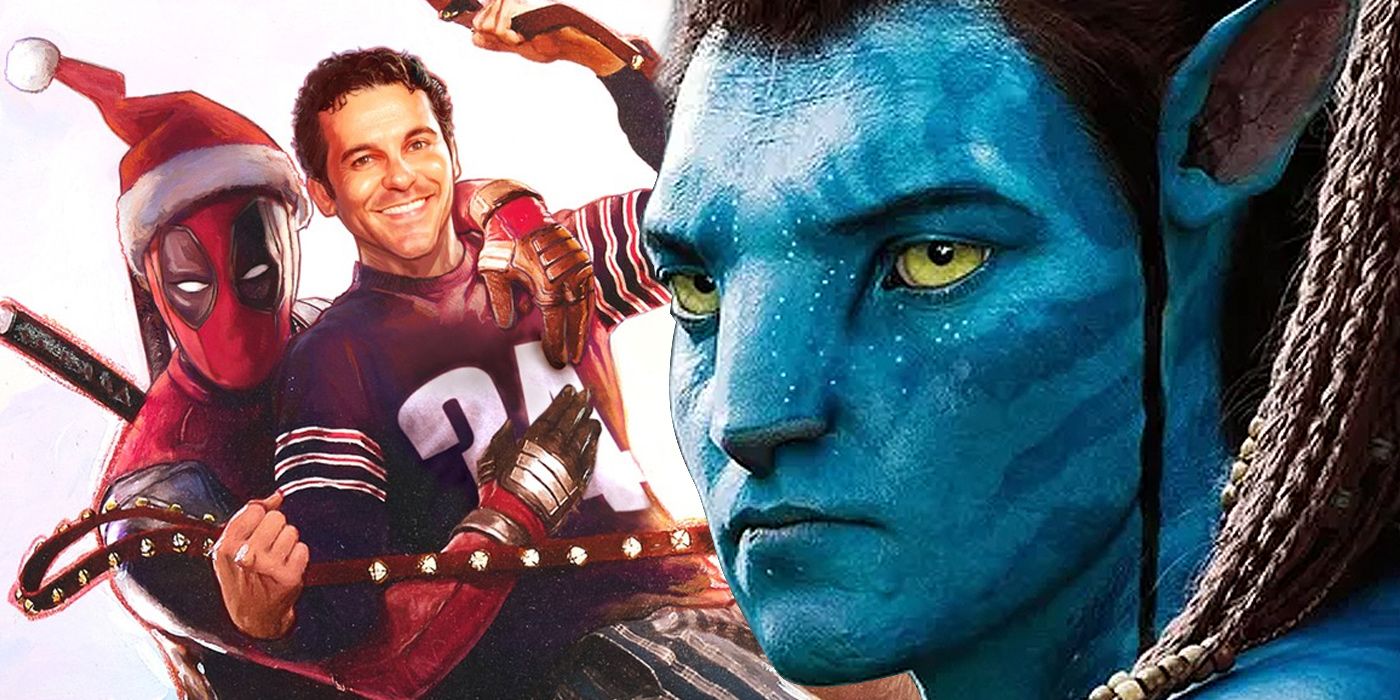
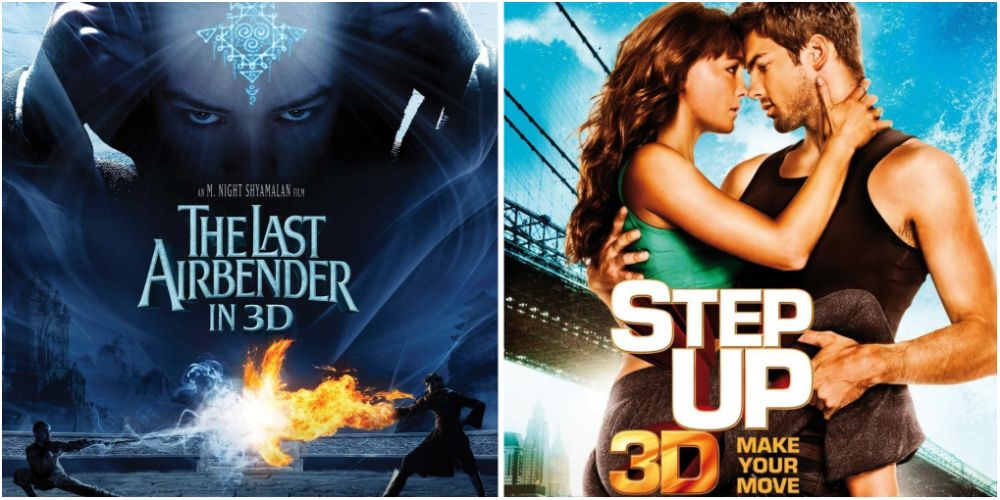

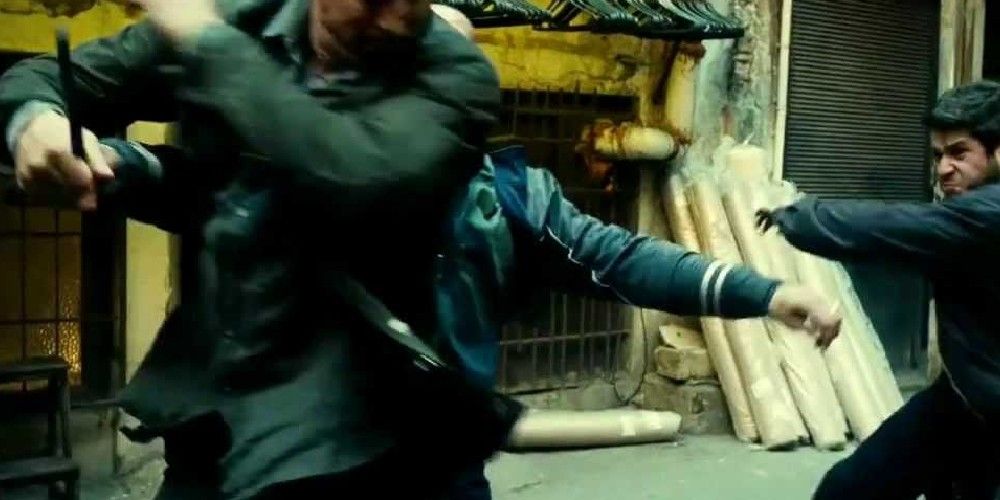
.jpg)
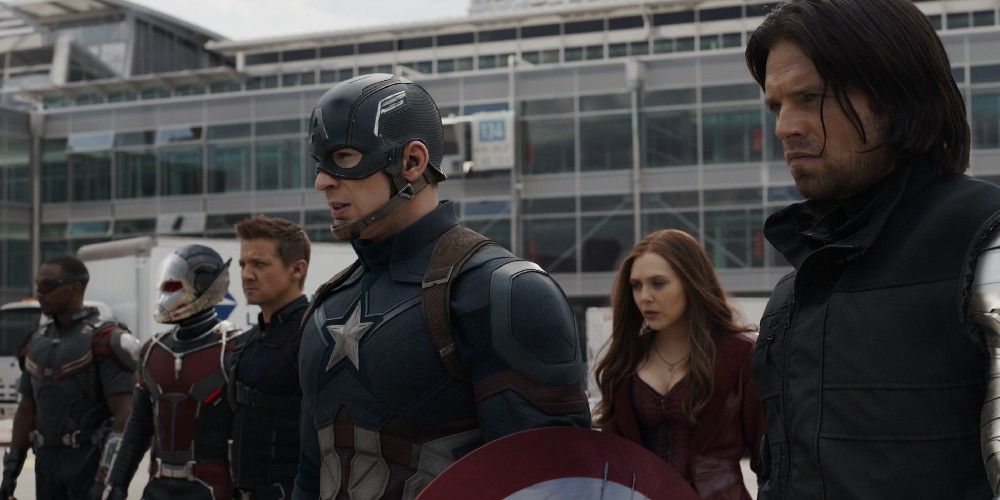
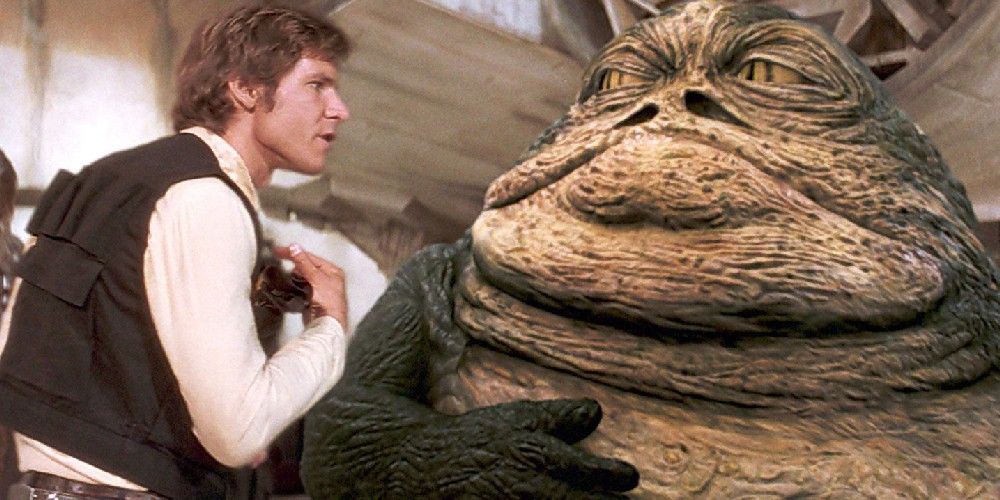
.jpg)
